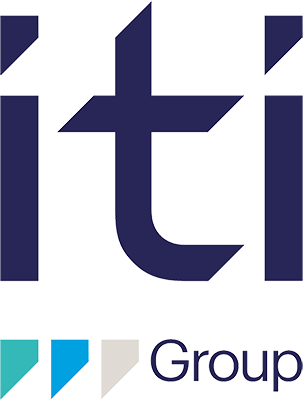
The Nerefco Oil Refinery, now fully owned by bp, consists of two sites near Rotterdam, where it imports various grades of crude oil, then refines and stores it, before exporting numerous different products via road tanker, pipeline, barge or cargo ship.
A simulation study carried out by ITI Group (formerly Saker Solutions’) , in conjunction with bp, enabled Nerefco to optimise the facility’s performance, minimising demurrage and maximising tank and pipeline utilisation. The study identified savings worth millions of dollars over the life of the project, including demonstrating how Nerefco could increase the throughput of one product grade by 10%, all whilst reducing the risk associated with implementing changes for the decision makers.
Millions of dollars of savings identified
Minimised demurrage
Maximised tank and pipeline utilisation
Throughput increased by 10%
Discrete Event Simulation
ITI Group worked with bp using Discrete Event Simulation, which involves creating a computer model, or Digital Twin, of a specific operation, which mimics the real life system.
By working collaboratively with the client on-site, ITI Group’s simulation consultants were able to build a digital twin that reflects the logic, behaviour and characteristics of the real facility. This then enabled decision makers to weigh up alternatives, maximise throughput and identify cost saving opportunities whilst removing the risk on their operations, by testing new operations virtually before roll-out in real life.
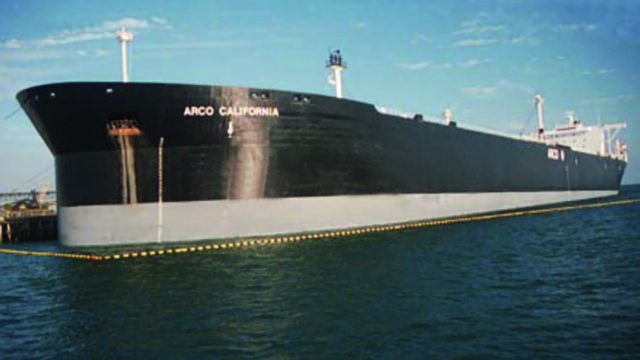
The Products and Facilities
The refinery imports different grades of crude oil as feedstock via super tankers and a pipeline from the North Sea. The crude oil is refined into a number of products which include Aviation Kerosene, Heating Oil, Automotive Diesel, Gasoline, LPG, Benzene and Naphtha. The production site is located in Europoort with storage facilities at both Europoort and Pernis for the import and export of all products, via road tanker, pipeline, barge or cargo ship.
Improving Efficiency with ‘What if’ Analysis
With the option to berth ships at both sites, Nerefco had some flexibility to change operating practices in order to improve efficiency, increase throughput and drive down demurrage costs. In addition, investment in the site meant that the reconfiguration of the tank farm at both sites was now possible. However, before any plans could be signed off, they needed to evaluate which operational changes would have the most valuable impact, and be able to demonstrate this to all stakeholders.
ITI Group’s Digital Twin was able to run ‘what if’ scenarios, virtually, so that Nerefco could understand the return on investment (ROI) of any and all options, before committing to any expenditure.
The digital twin has provided Nerefco Refinery with a tool for ongoing use, enabling them to find short and long-term efficiencies and OPEX/CAPEX reductions.
Specific ROI initially included:
Optimised Tank Utilisation
Nerefco’s production planning department wanted to use fewer tanks, to save costs for tank turnaround and free up tanks/ullage for increased blending flexibility.
The Digital Twin was able to show how changing the duty of three smaller tanks would increase utilisation of gasoline tankage, free up two current gasoline tanks, and increase gasoline flexibility. As well as validating this utilisation proposal, the model was also able to show potential demurrage savings.
Import and Export increased by 10%
The digital twin allowed bp to undertake ‘what if’ analyses to help identify other operational improvements which could increase the import and export yearly throughput of one of the product grades by approximately 10%. They were then able to analyse the impact on offsite facilities, especially on the jetties, finding that the proposed step changes had minimal increase on demurrage costs, validating the implementation of these changes.
Complexities Built into the Digital Twin
ITI Group worked on-site with bp, to understand all the complexities of their operations so that they could be built into the Digital Twin to ensure it was accurate and effective:
- Each ship has unique characteristics such as dead weight tonnes (DWT) and length
- Each berth has constraints related to the following characteristics:
- Maximum DWT
- Maximum length
- Maximum pumping rate
- Specific loading arms (i.e. which products can be loaded/offloaded)
- The pipework has specific limitations; for example, not all tanks are connected to the jetties
- Some products can be imported and exported concurrently; other products have mutually exclusive importing and exporting operations.
- Product stored in tanks must have been tested successfully before the product may be exported.
How we’ve helped other businesses like yours
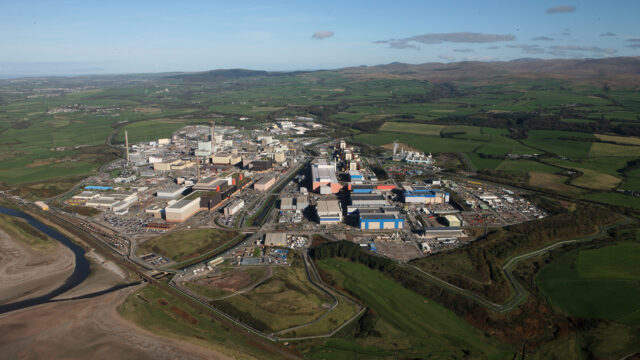
Sellafield FGMSP Digital Twin and 3D Planning Tool
ITI Group worked with Sellafield to create a digital twin of the FGMSP, plus an integrated 3D interactive planning tool, to determine the most effective sequences for waste removal based on a myriad of interdependencies.
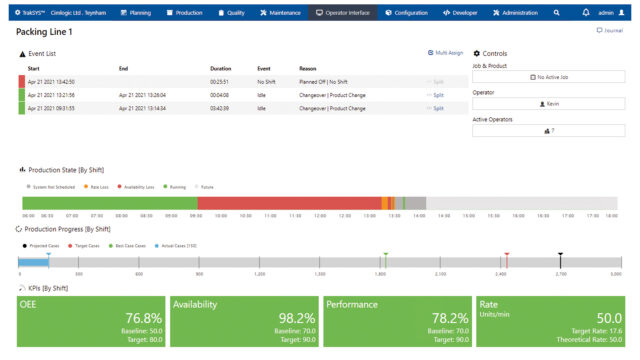
Purity Soft Drinks Achieved Efficiency Improvements of 20%
Leading soft drinks manufacturer achieves OEE efficiency gains and data insight to drive continuous improvement from real-time OEE platform.
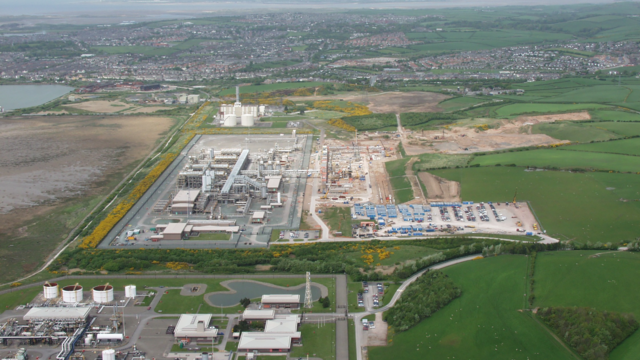
Spirit Energy Digital Transformation
After just one year of collaborating with ITI Group on their Digital Transformation programme, Spirit Energy are already seeing the benefits of a properly managed data solution.
How can we help you?
